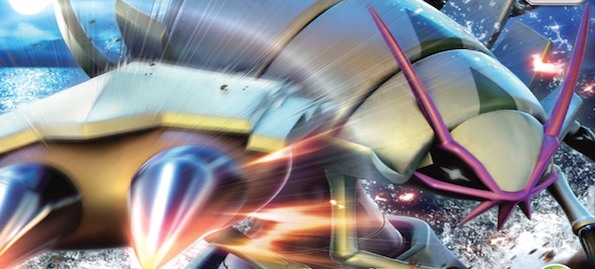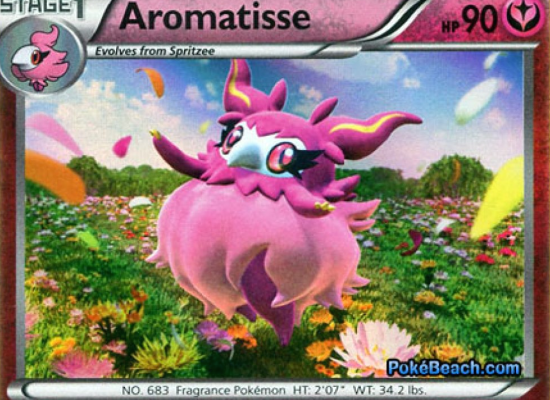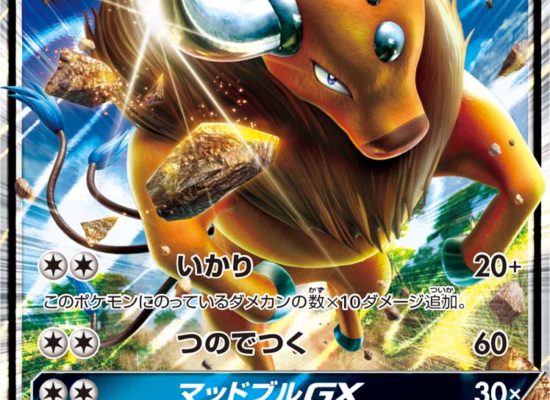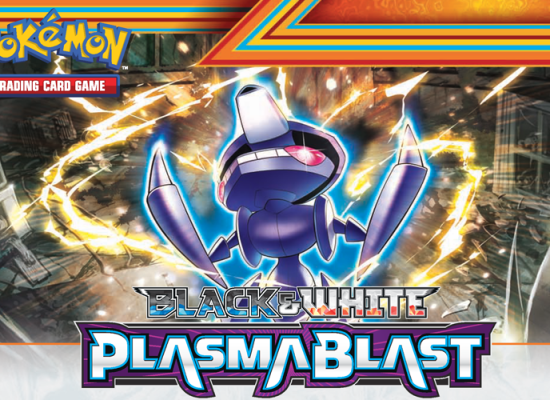Swatting the Mosquitos at NAIC
Hey readers, I am Max and I’m thrilled to present my first article for Ace Trainer Australia. In this piece I will cover the archetype of Golisopod Zoroark including a sample deck list, an overview of the list, as well as a guide to the Buzzwole/Lycanroc matchup.
The list
| Pokémon | Trainer | Energy |
| 4 Zorua | 3 Brigette | 4 Double Colorless |
| 4 Zoroark GX | 3 Guzma | 3 Grass |
| 3 Wimpod | 3 N | |
| 2 Golisopod GX | 2 Cynthia | |
| 3 Tapu Lele GX | 2 Acerola | |
| 1 Mew EX | 1 Mallow | |
| 1 Latios | ||
| 4 Ultra Ball | ||
| 4 Puzzle of Time | ||
| 3 Field Blower | ||
| 2 Evo Soda | ||
| 2 Enhanced Hammer | ||
| 2 Choice Band | ||
| 2 Float Stone | ||
| 1 Counter Catcher | ||
| 1 Parallel City |
With NAIC just around the corner I decided to test the decks I would play if I was attending the event. At such a large event it would be expected to have to play against a fair amount of the current most popular decks, these being Malamar variants and Buzzwole Lycanroc. I feel that Golisopod Zoroark provides the consistency and power necessary for success in this format. The deck has an inherently good Malamar matchup as it has far more draw options, as well as Zoroark having psychic resistance and weakness over Dawn Wings Necrozma. On the other hand, playing the Buzzwole Lycanroc matchup is seriously more challenging. This can be overcome with tech cards and having the correct plan to tackle the matchup. The list I have been testing is reasonably standard in comparison to recent successful versions of the deck, however there are some interesting choices which are explained below.
Interesting Inclusions
Latios SLG
Like Mew EX, Latios serves the purpose of a Buzzwole counter but with different strengths and weaknesses. The main reason I have come to like playing the card is that it is the best possible Pokémon to retreat into on turn one. In the early game the 110hp mark that Latios sets can be hard for Buzzwole to overcome, therefore allowing you to apply pressure with at least two Breakthrough attacks. These spread attacks not only give you the ability to OHKO a baby Buzzwole in the mid game, but with a choice band attached can potentially deal large amounts of damage to a Buzzwole GX. I have seen other lists which play two Mew EX, however with the increasing popularity of Zoroark Lycanroc/Golisopod, starting one of the two Mew EX can essentially lose you the game. As a result I decided to cut the second Mew EX for the Latios.
Second Enhanced Hammer
In this format most variations of this deck have either cut down to one or are playing no Enhanced Hammer. With Zoroark variants tearing up recent tournaments I decided to test the deck how it was typically built during the last format, by playing 2 Enhanced Hammer. The second copy allows you to pull off unexpected swing turns in combination with cards such as N, Counter Catcher and Parallel City. These types of turns can give you a big advantage and in the late game can even cause check-mate scenarios. As a result, I felt the second copy was worth an inclusion in the list.
The key to tackling the Buzzwole Lycanroc matchup
This matchup is one of the trickiest for you to come out on top and, as a result, there are quite a few important aspects to remember. The most important thing to know is that in most scenarios your opponent will always take the prize lead due to your Zorua being weak to Buzzwole GX’s Jet Punch and baby Buzzwole’s Sledgehammer attacks. Therefore, if you can’t prevent this or punish your opponent’s board, then you will eventually lose the prize race.
In the early game you need to find a safe Pokémon to retreat into to prevent your Zorua and Wimpod being knocked out. The best Pokémon to retreat into is Latios, however Tapu Lele is also a good option. The reason for this is that they both can attack on your first turn of the game, as they only require one energy attachment. Both allow you to set up knock-outs with Golisopod in the future, but Latios is strictly better as it can also hit benched baby Buzzwole putting them in knock-out range. Tapu Lele and Latios are both very hard for your opponent to knock out in the early game which can allow for plays such as Acerola into a Mew or Golisopod to take a knock-out. Something else to keep in mind is trying to keep the potential threat of a Golisopod on your board; an easy way to do this is prioritising a second Wimpod so your opponent can’t remove the threat.
One of the most important things to keep in mind in this matchup is baby Buzzwole’s Sledgehammer attack. Your opponent will always try to force you to 4 prize cards by not benching any GX Pokémon. The optimal situation would be to take one prize and then two more to completely skip the Sledgehammer turn, whilst also reducing their window to play Beast Ring. However sometimes this can’t be pulled off and as a result you need to adapt. A possible solution is playing Parallel City to force your opponent to decide between discarding important support cards such as Rockruff, Lycanroc, Remoraid, Octillery and Diancie or discarding a baby Buzzwole. This slightly lowers their chances of attacking with Sledgehammer as they no longer have access to Brooklet Hill and may have been forced to remove an attacker.
When is it correct to knock out Octillery?
With a large amount of recent Buzzwole Lycanroc lists dropping down to a 2-1 or even 1-1 Octillery line capitalising on their lack of consistency is a more plausible strategy than it used to be, although knowing when the right time to knock out a Remoraid or Octillery is what makes this play effective. For example, taking a turn to knock out an Octillery when there is a threat that needs to be answered is never the right thing to do. Buzzwole Lycanroc is a tempo-based deck and you need to keep up in the prize race to have any chance of winning. Unless you successfully picked-off the Remoraid in the early game, knocking out an Octillery is usually part of a swing turn in the mid to late game. This type of turn would consist of several disruption plays to slow your opponent down to a halt. A good example would be to use a Counter Catcher on an Octillery, N your opponent down to a low hand size, play Enhanced Hammer to prevent a potential knock-out and finally knock-out the Octillery to keep your opponent’s hand size to a minimum. Although it may sound like a lot to ask, when you are drawing upwards of 6 cards a turn with Trade as well as having access to your discard pile through Puzzle of Time its often not hard to collect all the necessary resources.
In Summary
Overall, I feel that this deck has great potential in the current format due to its consistency and favourable matchups. However, although the deck is strong, I would not recommend playing the deck with only minimal testing as there are a lot of micro decisions to make in every game and making the correct ones comes down to having a lot experience of playing the deck




















Ehren July 6, 2018 at 1:51 am
Nice write up Max. As a pretty big Buzzwole fan I can say I don’t enjoy clashing with either of the Zoroark variants as the Mew EX can be devastating once a Zoroark is in play. The Golisopod variant is most awkward with the obvious easy OKHO on Lycanroc too. A perfect deck for you to analyse given that you are such a good pilot! Look forward to reading more of your articles.